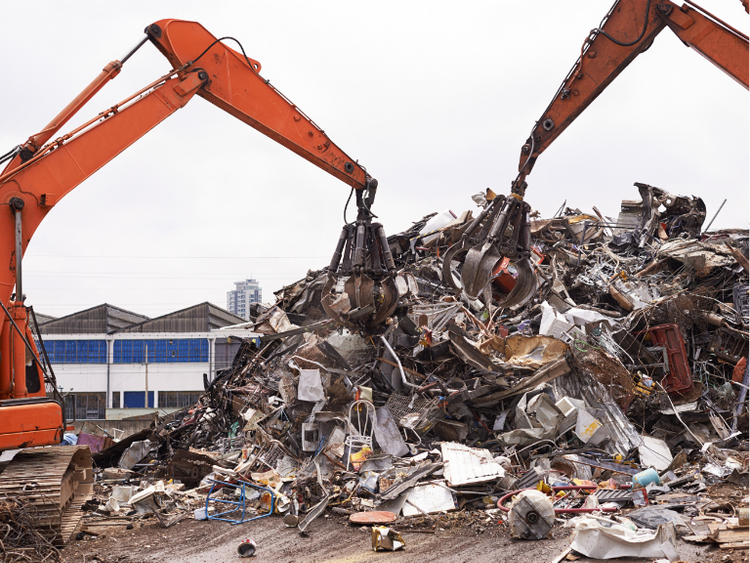Scrap Processors

June 4, 2024
Fed to meet next week as economy throws mixed signals
Written by Stephanie Ritenbaugh
The Federal Reserve is unlikely to cut interest rates at its upcoming meeting next week, but observers will keep an eye on any signs that may indicate rate changes later in the year.
Meanwhile, recent economic indicators show mixed signals on whether progress is continuing or falling slack.
The Federal Open Market Committee will be meeting June 11-12.
At its last meeting April 30-May 1, the FOMC said that inflation had remained “more persistent than previously expected,” while noting a generally resilient economy. The Fed has nodded to potential rate cuts this year as it works toward a goal of price inflation down to 2% by 2026.
Christopher J. Waller, a member of the board of governors for the Fed, said progress seems to be resuming toward that 2% inflation goal.
At a May 21 speech at the Peterson Institute for International Economics, Waller said “more recent data on the economy indicate that restrictive monetary policy is helping to cool off aggregate demand, and the inflation data for April suggests that progress toward 2% has likely resumed. Central bankers should never say never, but the data suggests that inflation isn’t accelerating, and I believe that further increases in the policy rate are probably unnecessary.”
A positive sign. Still, there are clouds on the horizon.
Retail sales, a key measure of consumer spending, were flat in April and revised down in the previous two months.
The Fed’s May 29 Beige Book revealed that economic growth was modest in 10 of its 12 districts between April and early May.
“Overall outlooks grew somewhat more pessimistic amid reports of rising uncertainty and greater downside risks,” the Fed said in the May report, noting that high interest rates and tight credit standards continue to stunt growth.
The latest report from the Institute for Supply Management threw out some mixed signals as well.
After a brief expansion in March, ISM’s manufacturing indexed that activity contracted for the second month in a row, falling to 48.7% in May, a drop of 0.5 percentage points from April’s reading of 49.2%. A reading above 50 indicates the manufacturing economy is growing, while a reading below 50 indicates contraction.
However, ISM said in this week’s report that the overall economy expanded for the 49th straight month in April after one month of contraction in April 2020. The institute added that a manufacturing PMI above 42.5%, over time, usually indicates the overall economy is expanding.
“Demand remains elusive as companies demonstrate an unwillingness to invest due to current monetary policy and other conditions,” ISM chair Timothy R. Fiore said in a statement. “These investments include supplier order commitments, inventory building, and capital expenditures.”
In his speech in Washington D.C., Waller noted that credit card and auto loan delinquency rates have risen above their pre-pandemic levels, “which indicates that some consumer segments are under stress to support their spending levels.”
“That said, services spending data are continuing to look solid and should hold up overall spending in this quarter,” Waller said in May.
On the job front, both the unemployment rate, at 3.9%, and the number of unemployed people, at 6.5 million, changed little in April, according to the Bureau of Labor and Statistics.
The unemployment rate has remained in a narrow range of 3.7% to 3.9% since August 2023.
While all of these indicators sort themselves out, RMU will be watching what the Fed does next week and other signs of where the economy is going. Stay tuned.





